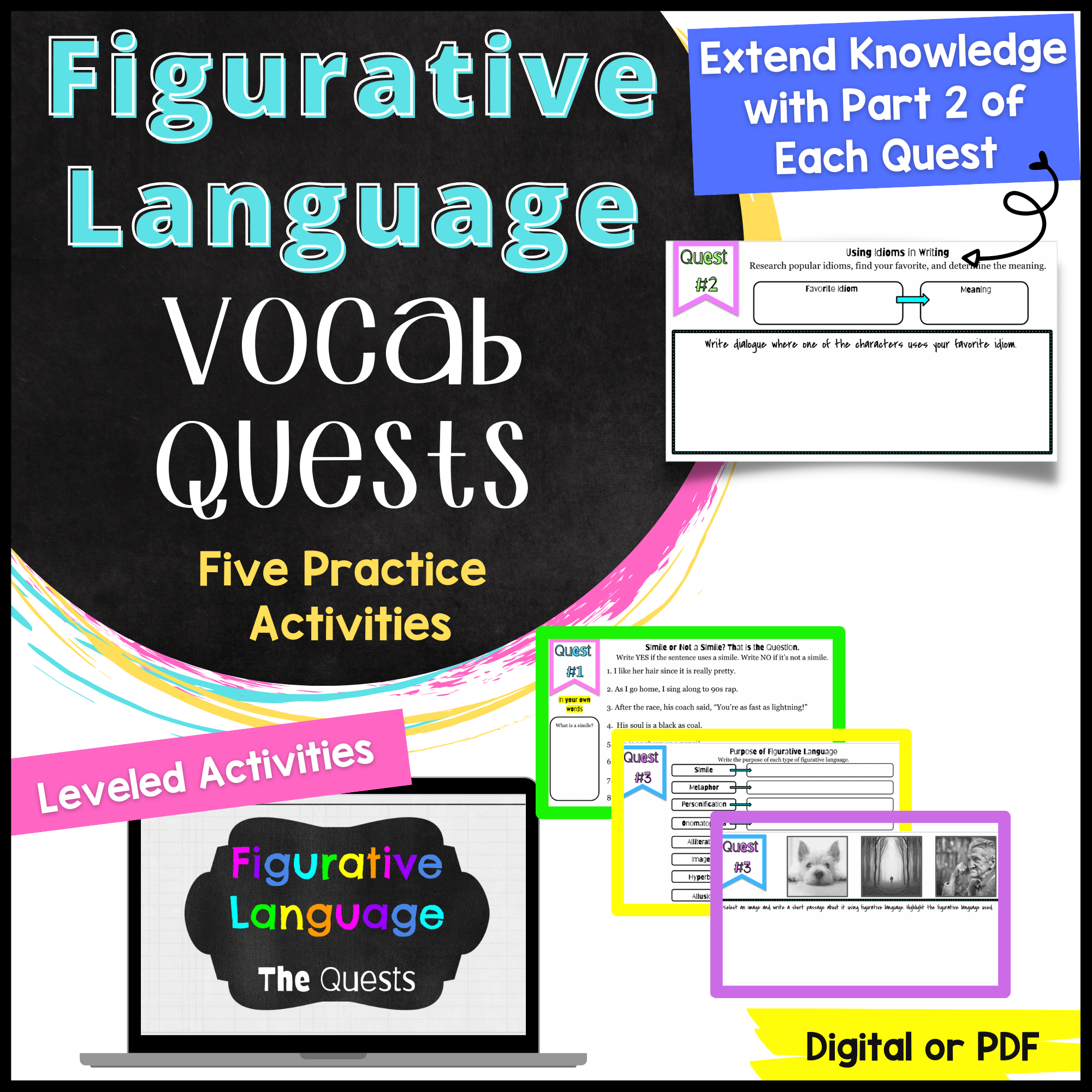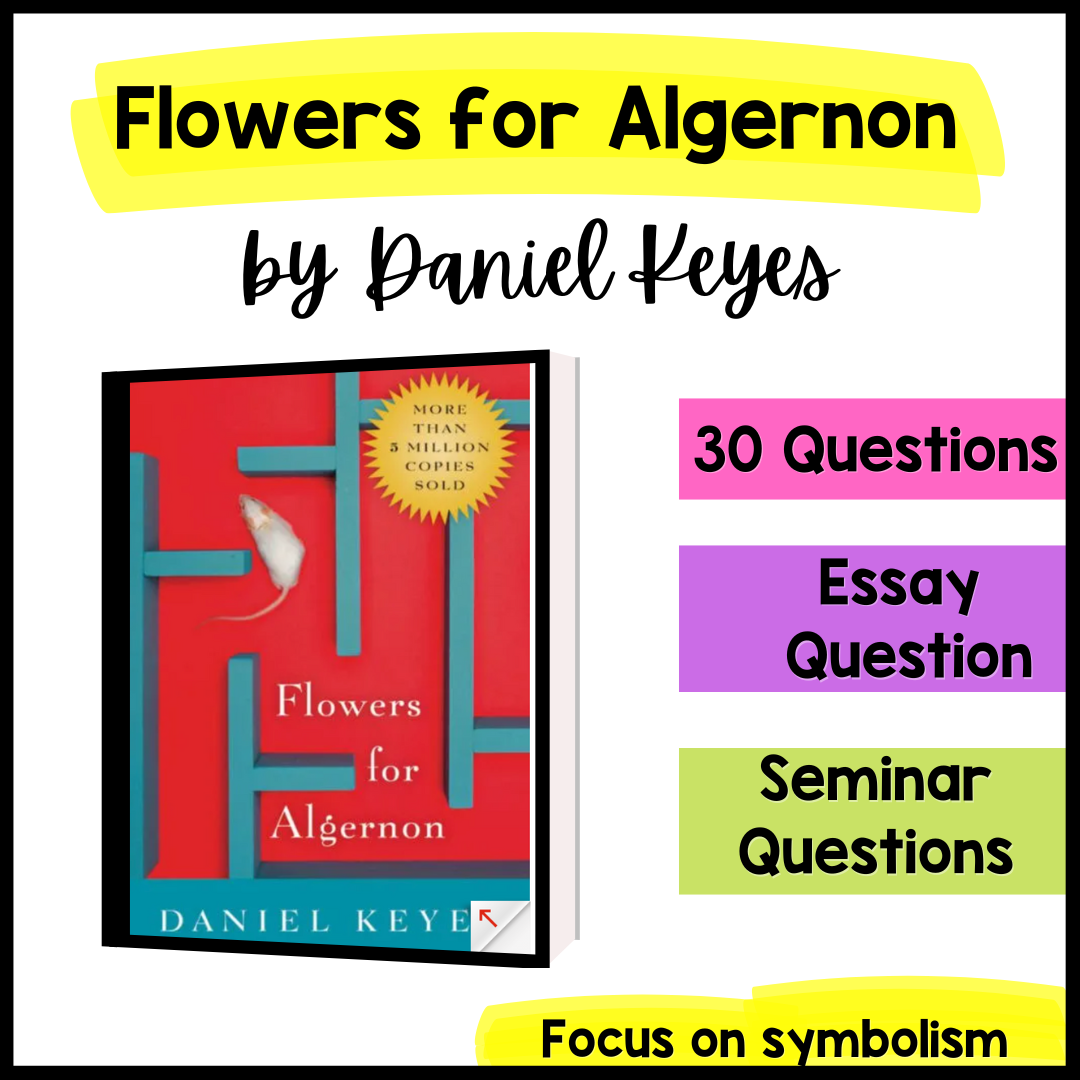Section 4
Click on the links for more lessons and activities!
Resources
Figurative Language Exit Tickets
Figurative Language Test Prep
Fig Language Guide: “The Landlady”
Figurative Language Learning Pathway
ELA Unlimited Exclusive
Figurative Language Bingo
Figurative Language RTQT Questions
ELA Unlimited Exclusive
Figurative Language Pop Challenge
ELA Unlimited Exclusive
Figurative Language Foldable
ELA Unlimited Exclusive
Figurative Language Review
Lyric Reflections
Level 1: Building the Foundation
Figurative Language Vocab Mini Lesson
Figurative Language Vocab Quests
Figurative Language Identification Worksheet
Figurative Language Escape Room
Figurative Language Movie Review
Figurative Language Review Game: Level UP
ELA Unlimited Exclusive
LEVEL 2: BUILDING AN UNDERSTANDING ACTIVITIES
Figurative Language: Analyzing Song Lyrics
Figurative Language: Figurativegram
Figurative Language: Scavenger Hunt
LEVEL 3: APPLYING ACTIVITIES
Figurative Language Writing Activity: A Closer Look
ELA Unlimited Exclusive
Figurative Language: Best In Show
ELA Unlimited Exclusive
Figurative Language: Analyzing “I Have A Dream” for impact of figurative language ELA Unlimited Exclusive

































